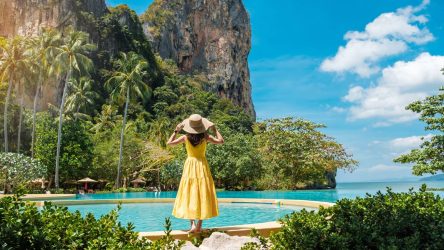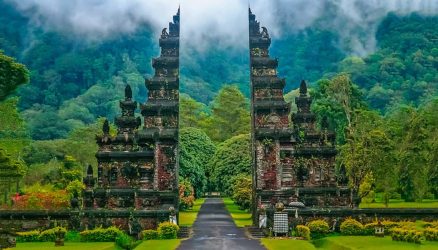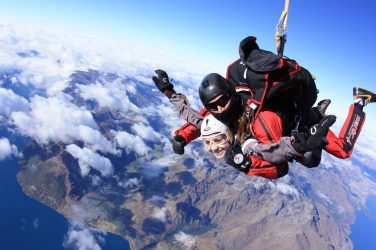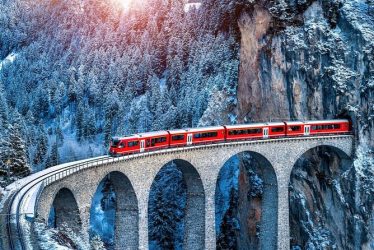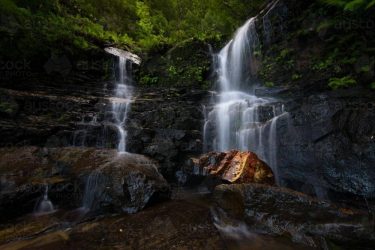There are few places on Earth that challenge you both physically and mentally the way trekking to Everest Base Camp does. The moment you set foot on the trail in Nepal, you’re not just crossing miles of rugged terrain — you’re stepping into a world of towering peaks, centuries-old Sherpa villages, and a deep spiritual connection with the Himalayas.
I’d heard stories of this trek for years, but nothing could have prepared me for the raw beauty and unforgettable challenges that lay ahead. Here’s how I journeyed to the foot of the world’s highest mountain, and why it’s an experience I’ll never forget.
Why Trek to Everest Base Camp?
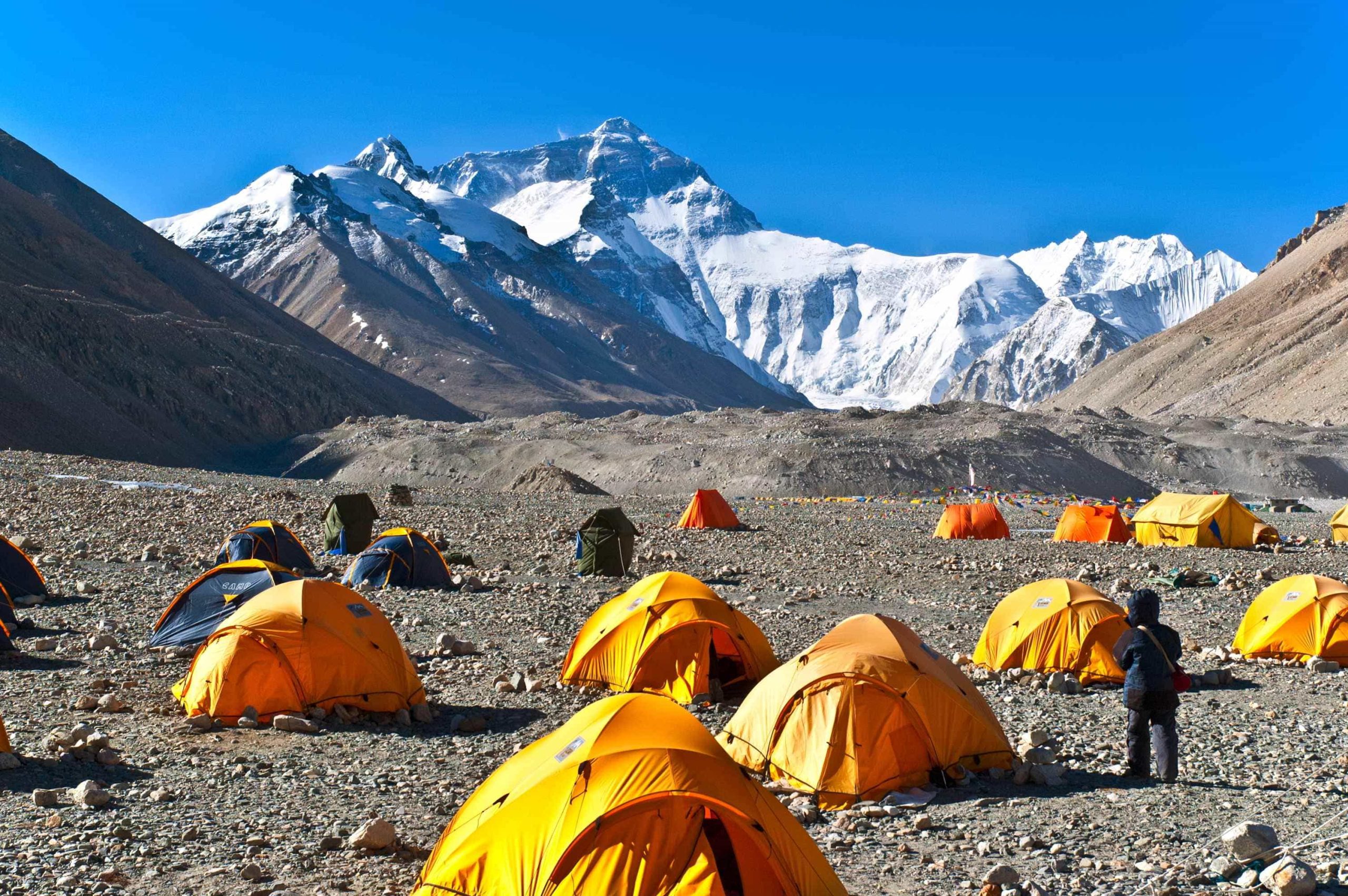
The trek to Everest Base Camp (EBC) isn’t just about reaching a destination — it’s about the journey. At 5,364 meters (17,598 feet) above sea level, EBC offers spectacular panoramic views of the Himalayas and an inside look at Sherpa culture. For adventure seekers, mountaineering enthusiasts, and anyone looking to experience the raw power of nature, this trek is the ultimate challenge.
The First Steps: Starting in Lukla
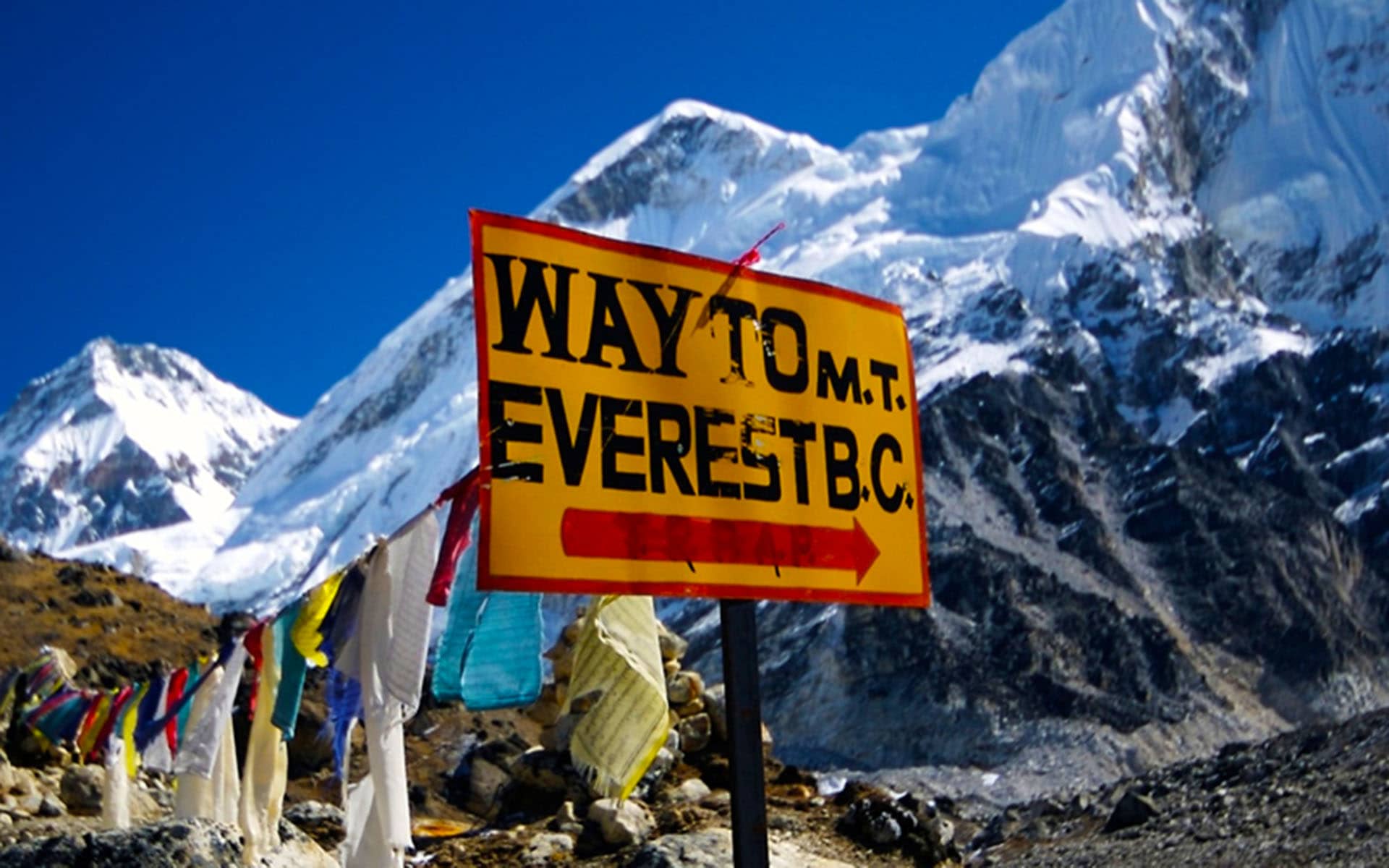
The adventure began with a breathtaking flight from Kathmandu to Lukla, one of the most dangerous airports in the world. The 30-minute flight is a heart-racing experience, as the tiny plane navigates between steep mountains, before landing on a short, sloping runway. It was surreal — one moment I was soaring above the clouds, and the next, I was standing at the start of the world’s most famous trek.
Lukla itself is a bustling hub, with trekkers and porters packing up for their journey. I couldn’t help but feel the energy of anticipation in the air. The mountains loomed in the distance, reminding me that this was no casual stroll. This was the real deal.
The Trail: Days of Beauty and ChallengeThe trail to Everest Base Camp takes you through a mix of lush forests, picturesque Sherpa villages, and barren landscapes as you ascend into the high altitudes. The first few days were tough. My body wasn’t used to the high elevation, and the steep inclines took a toll on my legs. But there’s a rhythm to the trek — slow, steady, one foot in front of the other.
Day 1: We made our way to Phakding, a charming village nestled by the Dudh Koshi River. The feeling of being surrounded by towering peaks was overwhelming. I had no idea how much more grand the views would get.
Day 2: We reached Namche Bazaar, the Sherpa capital. This vibrant market town sits at the foot of Mount Everest and is the perfect place to rest and acclimatize. A rest day here wasn’t just about giving my body a break — it was a chance to absorb the atmosphere of Sherpa culture. I visited the Everest View Hotel and had my first real glimpse of the towering Everest itself. It felt surreal to see the “top of the world” in person.
Altitude, Weather, and the Wild
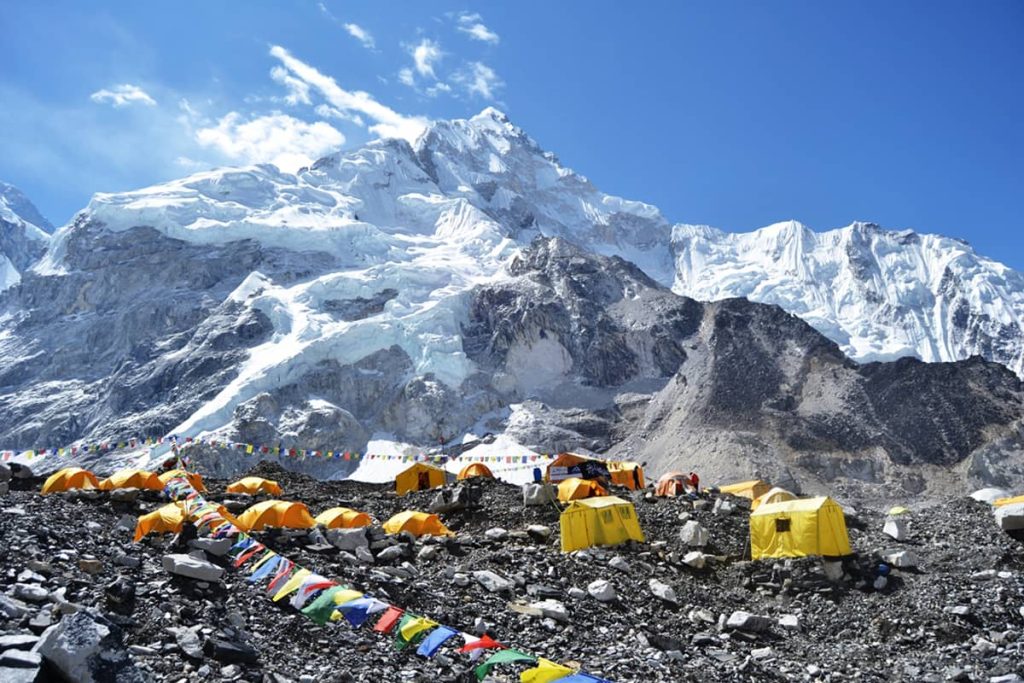
By the time we reached Tengboche, the cold was starting to bite. The weather can change dramatically in the Himalayas, and layers of clothing became my best friend. As we gained altitude, the air thinned and my breathing became more labored. Each step felt heavier, but the views were so magnificent that every bit of effort seemed worth it.
One of the most memorable moments of the trek came when we reached Dingboche, a village surrounded by the snow-capped peaks of Ama Dablam and Lhotse. I remember standing there, feeling both tiny and infinite, surrounded by such immense beauty. This was when it hit me: this wasn’t just a trek; it was an immersion into nature’s raw power.
The Final Push to Everest Base Camp
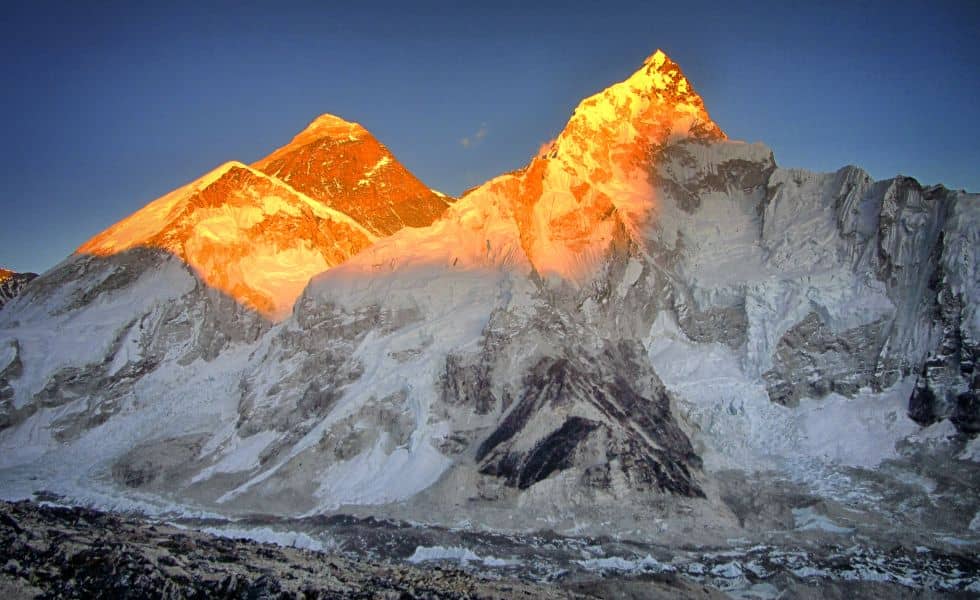
After several days of trekking, it was finally time for the last stretch to Base Camp. The trail became more difficult as we climbed higher, and I found myself gasping for air at every step. But the spirit of the trek kept me going. The sound of Yak bells, the crunch of snow underfoot, and the whispers of the wind were all I needed to fuel my determination.
As I approached Everest Base Camp, the sheer size of the mountain took my breath away. The landscape was surreal — the icefall, the glacier, and the vastness of everything around me made me feel like I was on another planet. I stood there, looking up at Everest, in awe of what I had just accomplished.
The Sherpa Connection
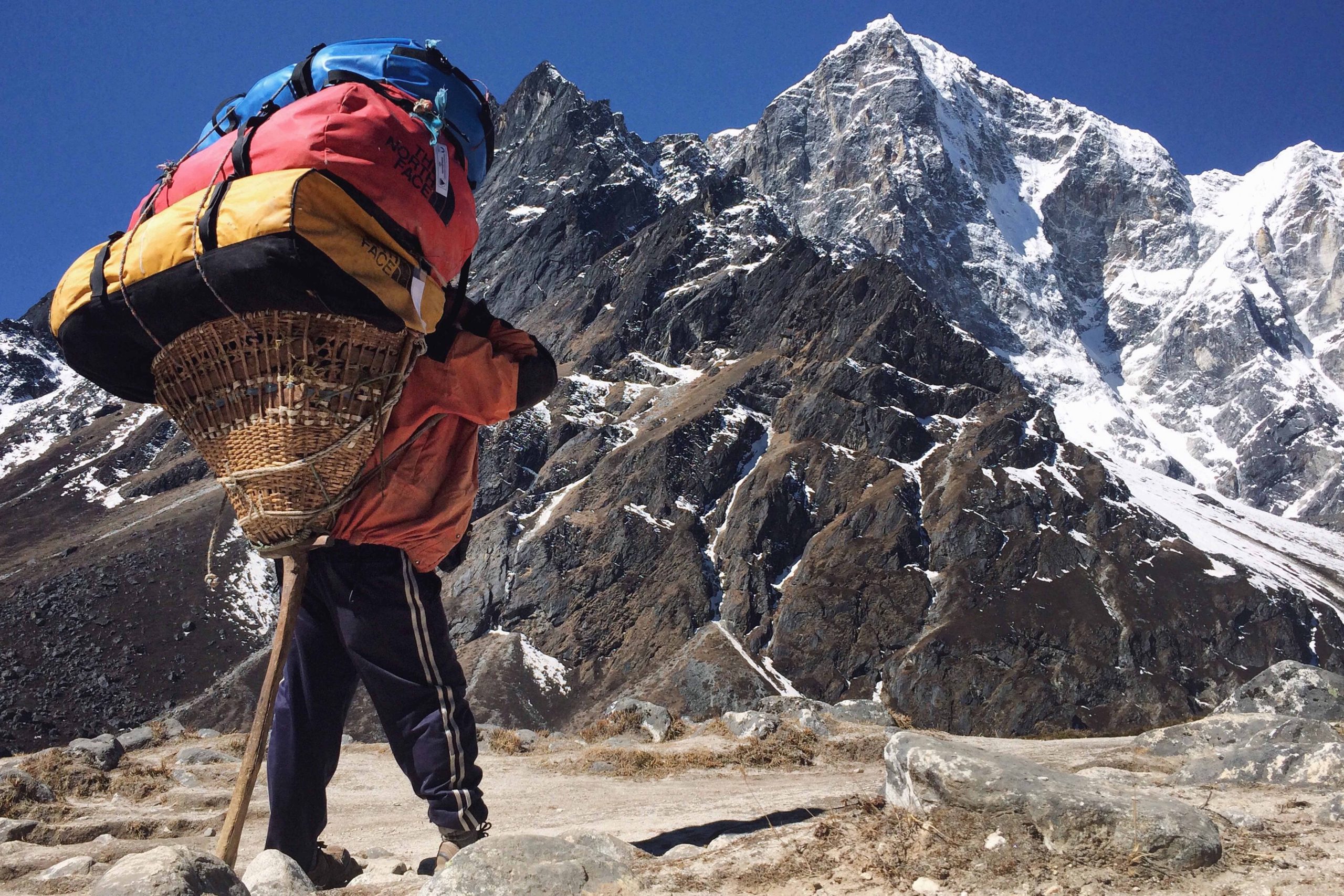
One of the most profound aspects of the Everest Base Camp trek is the deep connection you develop with the Sherpa people. Their hospitality, strength, and resilience are truly inspiring. Sherpas are often seen as the unsung heroes of the mountains, and the guides, porters, and locals I met on the trail became a huge part of my adventure.
Their stories of climbing, survival, and community are woven into the fabric of the region. Trekking with them was not just about reaching a destination — it was about understanding the relationship between the people and these powerful mountains.
Conquering Everest
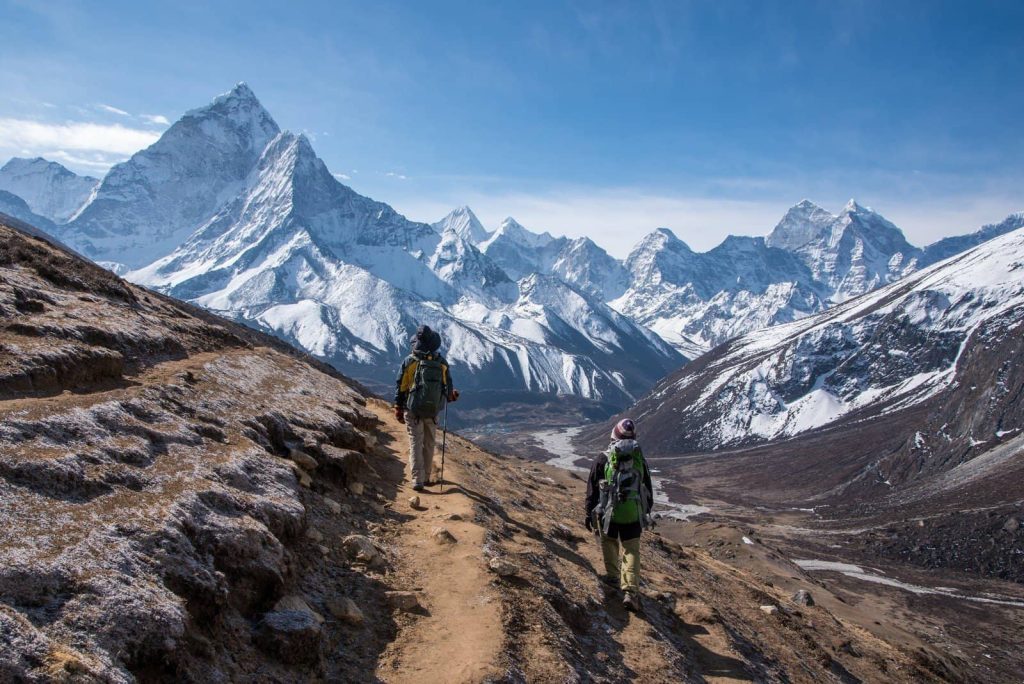
Reaching Everest Base Camp wasn’t just a physical challenge; it was a journey that changed me. The trek tested my limits, taught me patience, and gave me a deeper respect for the natural world. As I stood at the base of Everest, I realized that this adventure wasn’t just about conquering a mountain — it was about the inner strength found in the process.
The trek to Everest Base Camp is an experience that stays with you forever. Whether you’re seeking personal growth, adventure, or just a taste of the Himalayas’ grandeur, it’s a journey you’ll never forget.
Essential Things You Need
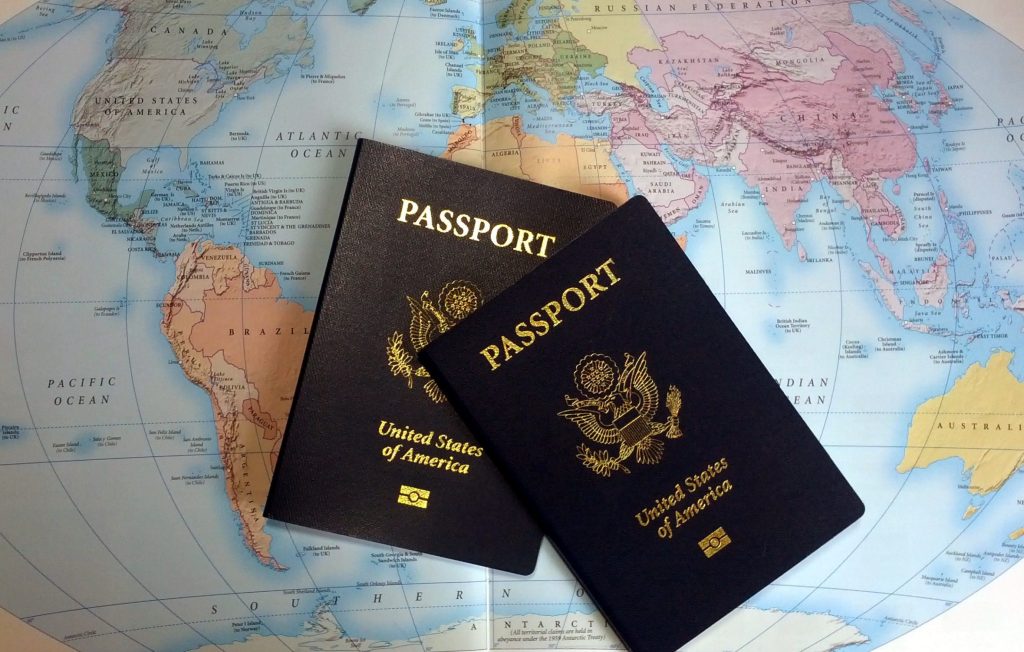
Permits
- Sagarmatha National Park Entry Permit
- Khumbu Pasang Lhamu Rural Municipality Permit
Travel Documents
- Valid passport and Nepal visa
- Travel insurance (must cover high-altitude trekking and helicopter evacuation)
Flights
- Kathmandu to Lukla round-trip flight (book early)
Trekking Gear
- Hiking boots (broken in)
- Warm clothes (layers: base, mid, outer)
- Sleeping bag (for -10°C or lower)
- Trekking poles
- Backpack (30–50L)
- Headlamp
- Reusable water bottles + purification tablets
Optional but Helpful
- Guide and/or porter
- Power bank or solar charger
- Snacks (energy bars, chocolate)
- Cash (no ATMs after Namche Bazaar)
- Lightweight towel, flip flops for teahouses
Mental & Physical Preparation
- Good fitness level
- Experience with hiking long distances
- Positive mindset and patience (weather delays are common)
Medical Facilities

Basic Clinics & Aid Posts
- Pheriche Aid Post (run by the Himalayan Rescue Association – HRA)
- Staffed by volunteer doctors during the trekking season
- Offers altitude sickness treatment and general first aid
- Located at 4,200m – commonly used for AMS care
- Dingboche & Namche Bazaar also have basic health posts
Hospitals & Advanced Care
- Namche Bazaar has a small hospital (run by Pasang Lhamu Foundation)
- Kathmandu has the best hospitals (CIWEC, Norvic, etc.) — evacuation is needed for serious cases
Emergency Evacuation
- Helicopter evacuation is available but expensive (up to $5,000)
- Travel insurance with high-altitude coverage is essential
- Must cover trekking up to 5,500m and emergency airlift
Common Health Issues
- Altitude sickness (AMS, HAPE, HACE)
- Dehydration and GI problems
- Blisters, cold injuries, and fatigue
Tips for Your Trek to Everest Base Camp
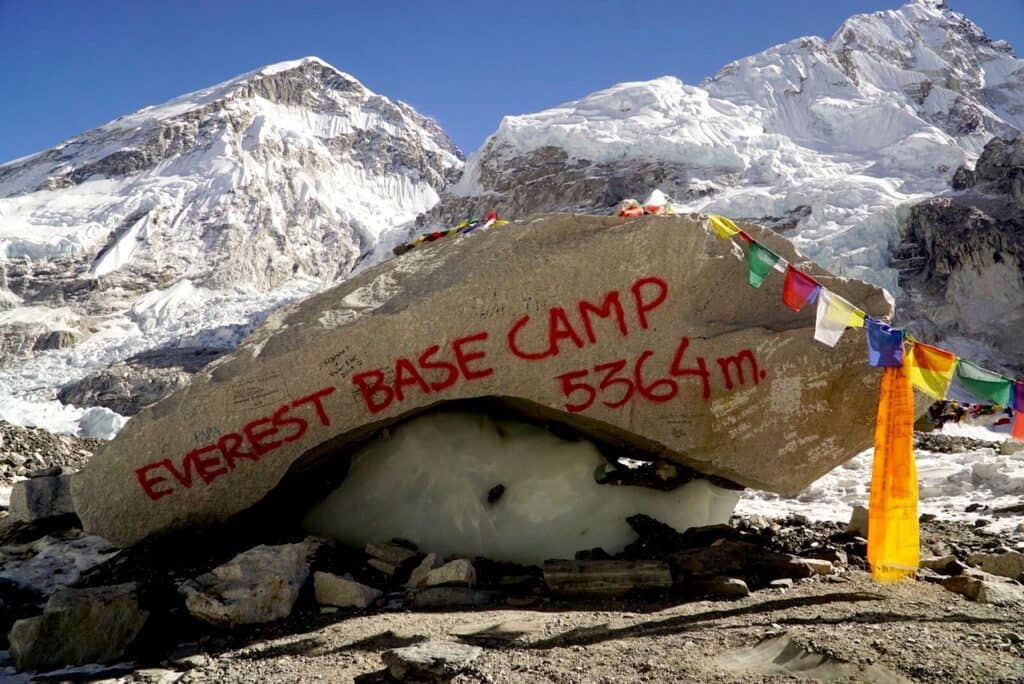
- Start Training Early: This trek requires good physical preparation, especially if you’re not used to high-altitude hiking.
- Pack Smart: Layering is key. Ensure you have proper trekking boots, a sleeping bag suitable for cold temperatures, and a water purifier.
- Acclimatize Properly: Don’t rush. Spend extra days in places like Namche Bazaar to acclimatize to the altitude.
- Hire a Guide: The route can be tricky, and a guide or porter can greatly enhance your experience, providing cultural insights and helping with logistics.
- Don’t Forget Your Camera: The views are unparalleled, and you’ll want to capture the stunning scenery every step of the way.
How to Budget a Trip
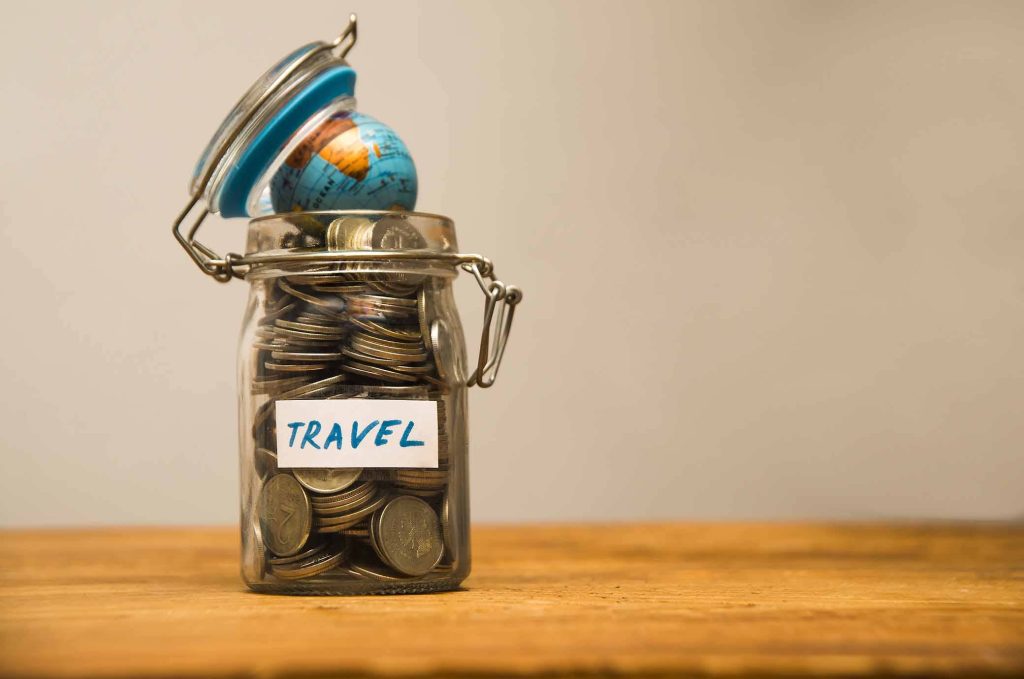
Everest Base Camp Trek Budget Plan (12–14 Days)
Permits
- Sagarmatha National Park Permit: $30
- Khumbu Pasang Lhamu Rural Municipality Entry Permit: $20
- Total Permit Cost: $50
Transportation
- Kathmandu to Lukla Round-Trip Flight: ~$360
- Airport Transfers & Local Transport: ~$20
- Total Transport Cost: $380
Accommodation
- Teahouses (13 nights average): $5–$10/night
- Total for 13 nights: ~$100
Food & Water
- Meals per day (3 meals @ $7 avg): ~$21/day
- 13 days total: ~$275
- Water purification/tablets or bottled water: ~$30
- Total Food & Water: ~$305
Guide/Porter (Optional but Recommended)
- Guide: ~$25–30/day
- Porter: ~$20–25/day
- Guide + Porter (shared cost): ~$400–$600 for 12 days
- Solo with Guide: ~$350
- Total (with guide only): ~$350
Gear & Miscellaneous
- Gear rental/purchase (sleeping bag, jackets, etc.): ~$100–150
- Snacks, SIM card, charging, Wi-Fi: ~$50
- Travel insurance (with high altitude coverage): ~$100
- Total Miscellaneous: ~$250
Total Estimated Budget (USD)
| Category | Cost (USD) |
|---|---|
| Permits | $50 |
| Transport | $380 |
| Accommodation | $100 |
| Food & Water | $305 |
| Guide (optional) | $350 |
| Miscellaneous | $250 |
| Total | $1,435 |
(This report may vary due to seasonal factors)
Conclusion
Trekking to Everest Base Camp is an adventure like no other. It’s physically demanding, emotionally rewarding, and full of breathtaking moments. If you’ve ever dreamt of standing at the foot of the world’s highest peak, this is your chance to make that dream a reality.

Owen Samuel is a Destination Manager based in California, known for his expertise in creating unforgettable travel experiences. With a deep passion for tourism and local culture, he helps travelers discover the best places around the world.


